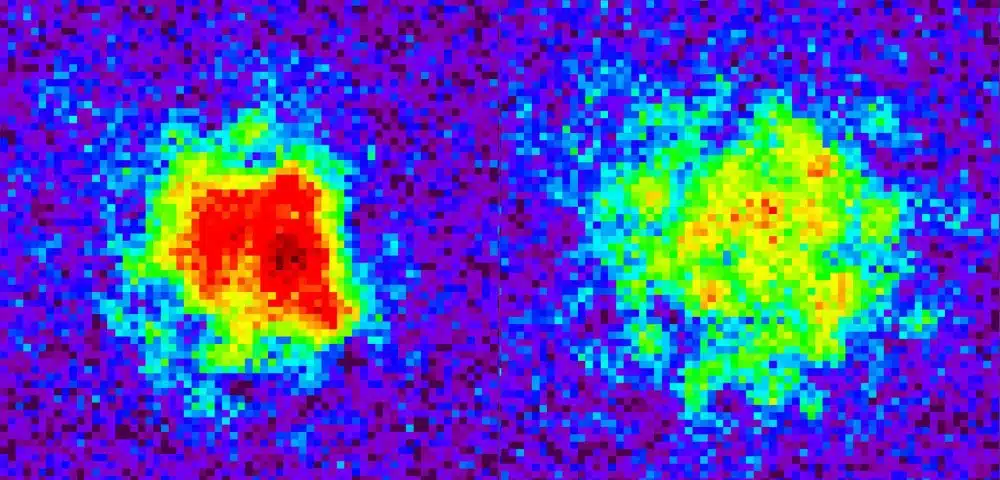Scientists Harness Cold Atoms to Simulate Cosmic Ray Physics

For the first time, researchers have successfully simulated a key process of cosmic particle acceleration in a laboratory setting, marking a significant advancement in our understanding of cosmic rays. Scientists from the Universities of Birmingham and Chicago have developed a miniature Fermi accelerator, measuring just 100 micrometers, which mimics the way cosmic particles gain energy in space. This innovative technique not only replicates cosmic ray behavior but also establishes a new standard in quantum acceleration technology.
Breakthrough in Cosmic Ray Research
Recent findings published in *Physical Review Letters* reveal that this controllable setup has demonstrated particle acceleration through the Fermi mechanism, a concept introduced by physicist Enrico Fermi in 1949. Although long theorized to be fundamental to cosmic ray generation, this process had never been reliably reproduced in a laboratory environment until now. By integrating energy gains with particle losses, the researchers achieved energy spectra that closely resemble those observed in cosmic rays, providing the first direct validation of Bell’s result, a foundational aspect of cosmic ray physics.
In this experiment, ultracold atoms were accelerated to speeds exceeding 0.5 meters per second using laser-controlled barriers. Dr. Amita Deb, a coauthor and researcher at the University of Birmingham, emphasized the significance of their setup, stating that it surpasses conventional quantum nano-measurements, which are currently the most advanced acceleration tools available. The simplicity and compact size of the accelerator, along with its lack of a theoretical speed limit, make it particularly appealing. The ultracold atomic jets produced can be precisely controlled in future experiments.
Implications for Astrophysics and Quantum Technology
This groundbreaking achievement allows researchers to study complex astrophysical phenomena, such as shocks and turbulence, within a laboratory context. Lead author Dr. Vera Guarrera noted that this development opens new pathways for high-energy astrophysics and has potential applications in quantum wavepacket control and quantum chemistry. The ability to replicate cosmic processes in a controlled environment could lead to a deeper understanding of the universe and its fundamental mechanics.
Researchers are now focused on exploring how various behaviors influence energy cutoffs and acceleration rates. The compact design of this Fermi accelerator could serve as a pivotal tool for fundamental physics studies and may even connect to emerging technologies like atomtronics, which integrates atomic-scale devices into electronic systems.
Future Research Directions
The implications of this research extend beyond cosmic ray physics. The team plans to investigate how different experimental conditions affect the behavior of particles within the accelerator. This could lead to new insights into the mechanisms of energy transfer in high-energy environments, both in space and in laboratory settings. The potential for this technology to enhance our understanding of fundamental physics is immense, paving the way for future innovations in quantum technology and astrophysics.
As researchers continue to refine their techniques and explore new applications, the miniature Fermi accelerator stands as a testament to the power of scientific inquiry and innovation. The findings not only validate long-held theories but also inspire new questions and avenues for exploration in the realms of both quantum mechanics and cosmic phenomena.
Observer Voice is the one stop site for National, International news, Sports, Editor’s Choice, Art/culture contents, Quotes and much more. We also cover historical contents. Historical contents includes World History, Indian History, and what happened today. The website also covers Entertainment across the India and World.

